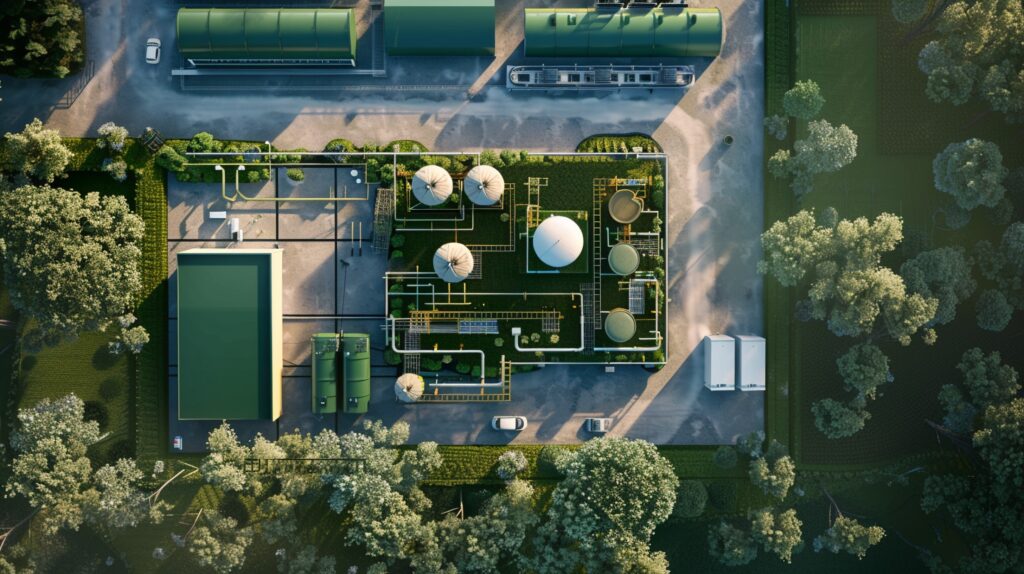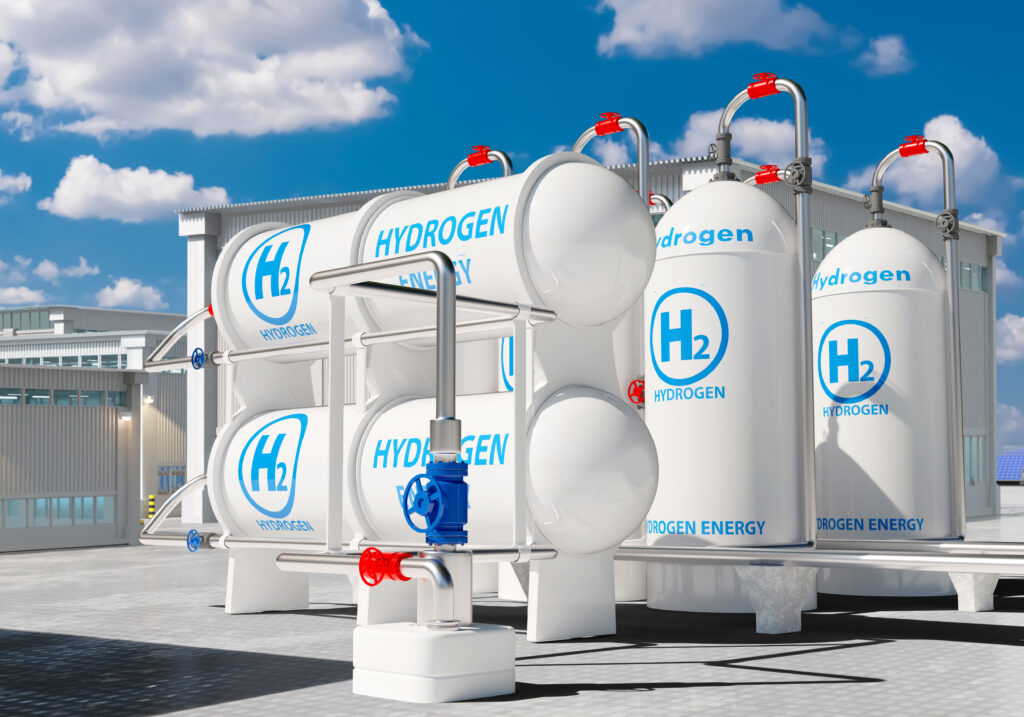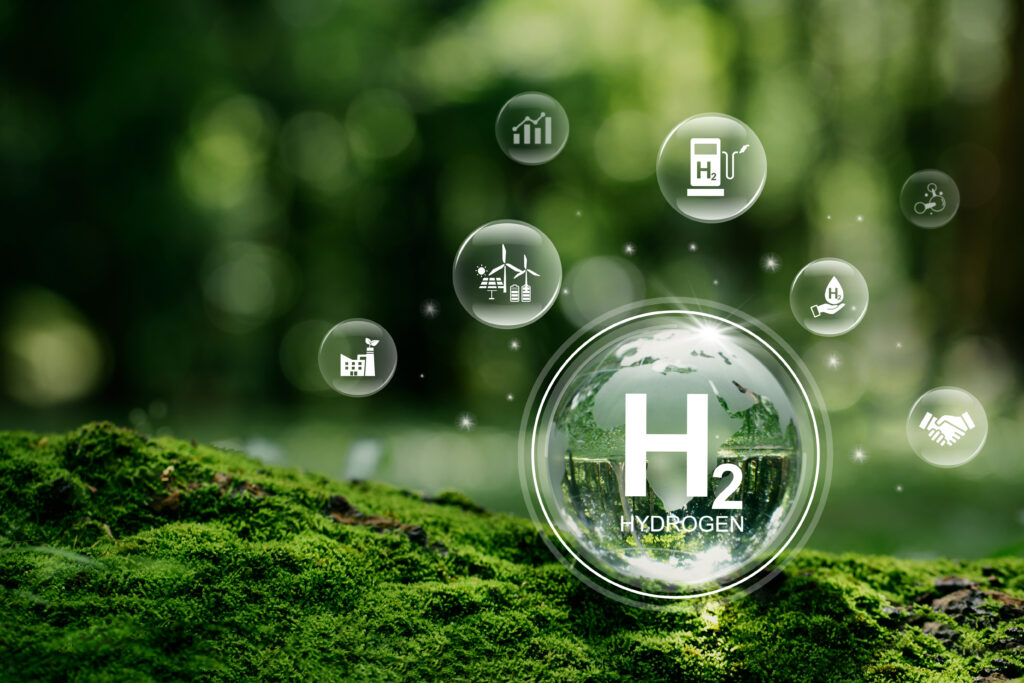





Decarbonizing heavy industry has emerged as one of the most pressing challenges in the global fight against climate change. Industries such as steel, cement, and chemicals are responsible for a significant portion of the world’s greenhouse gas emissions. To address these issues, Green Hydrogen has been identified as a critical component in transitioning towards a low-carbon economy.
Understanding Clean Hydrogen
Green Hydrogen especially when produced from renewable energy sources, offers a compelling alternative to traditional fossil fuels. It is primarily generated through a process called electrolysis, where renewable electricity splits water into hydrogen and oxygen, resulting in zero carbon emissions at the point of production. This hydrogen can then serve as a fuel or feedstock across multiple heavy industries, from steelmaking to chemical production.
Applications of Hydrogen in Heavy Industry
- Steel Production: The steel industry is the second-largest industrial source of greenhouse gases. A traditional steelmaking process known as the blast furnace relies on coal to convert iron ore into iron. Switching to Green Hydrogen in direct reduced iron (DRI) processes can reduce carbon emissions by up to 95%. Companies like H2 Green Steel aim to utilize green hydrogen to produce fossil-free steel. For more on innovative projects, visit Recharge News.
- Cement Manufacturing: Cement is responsible for around 8% of global CO2 emissions. Using hydrogen in cement kilns can replace fossil fuels, significantly reducing emissions. Companies are exploring catalytic processes where hydrogen serves as a reactant to produce essential raw materials for cement while lowering environmental impact.
- Chemical Production: The chemical sector is another significant contributor to carbon emissions. Hydrogen can replace fossil fuel-based hydrogen in the production of ammonia, methanol, and other chemicals. This transition not only reduces greenhouse gas emissions but can also provide more sustainable feedstocks.
- Energy Storage: Hydrogen also plays a crucial role in energy storage, particularly for renewable energy sources. When excess renewable energy is available, it can be converted into hydrogen through electrolysis. This hydrogen can be stored and later used to generate electricity, providing an efficient way to balance intermittent renewable power.
The Benefits of Clean Hydrogen
- Decarbonization Potential: By replacing fossil fuels in various processes, Green Hydrogen offers the potential to drastically reduce industrial carbon footprints.
- Flexibility and Versatility: Hydrogen can be used directly as a fuel, fed into hydrogen fuel cells, or used in chemical processes, making it a versatile energy carrier.
- Job Creation: Transitioning to a hydrogen economy fosters innovation and can lead to job creation in various sectors, from production to infrastructure development.
Challenges to Adoption
While the potential of Green Hydrogen is promising, several barriers remain:
- Cost Competitiveness: The current production costs of green hydrogen often exceed those of fossil fuels, making it less attractive unless supported by subsidies or higher carbon prices. Continued investments in research and technology are critical to reduce costs.
- Infrastructure Needs: Transitioning to hydrogen requires significant investments in infrastructure for production, transportation, and storage. Existing natural gas infrastructure can potentially be adapted for hydrogen use, but this requires careful planning.
- Regulatory Framework: The implementation of hydrogen technologies requires coordination with governments to create supportive policies and regulations that facilitate investment and development.
Moving Forward
A collaborative approach is essential to realize hydrogen’s potential in decarbonizing heavy industry. Policymakers, industry stakeholders, and research organizations must work together to create a robust framework that encourages innovation, investment, and the development of hydrogen technologies.
In conclusion, clean hydrogen presents a significant opportunity for transforming heavy industries towards a sustainable future. By harnessing its potential, industries can work toward achieving net-zero emissions while also fostering economic growth and job creation. The path forward involves overcoming challenges, fostering innovation, and building a collaborative ecosystem focused on sustainable development. For further discussions about renewable energy technology, check out resources at Andromeda Energy.


Leave a Reply